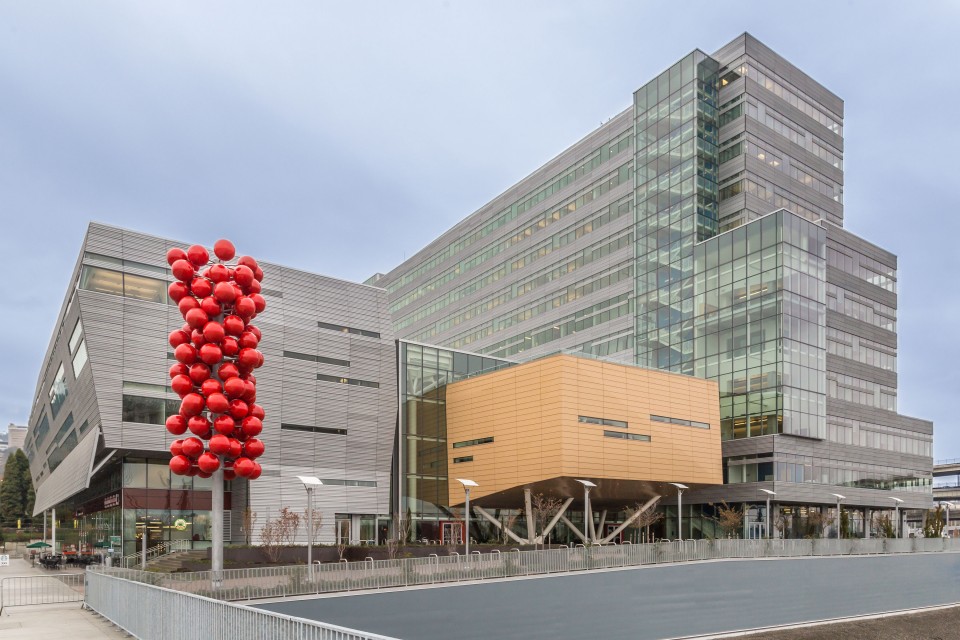2015 April
AIA-COTE’s Top Ten Green Projects
On 27, Apr 2015 | In PEI Blog | By Molly
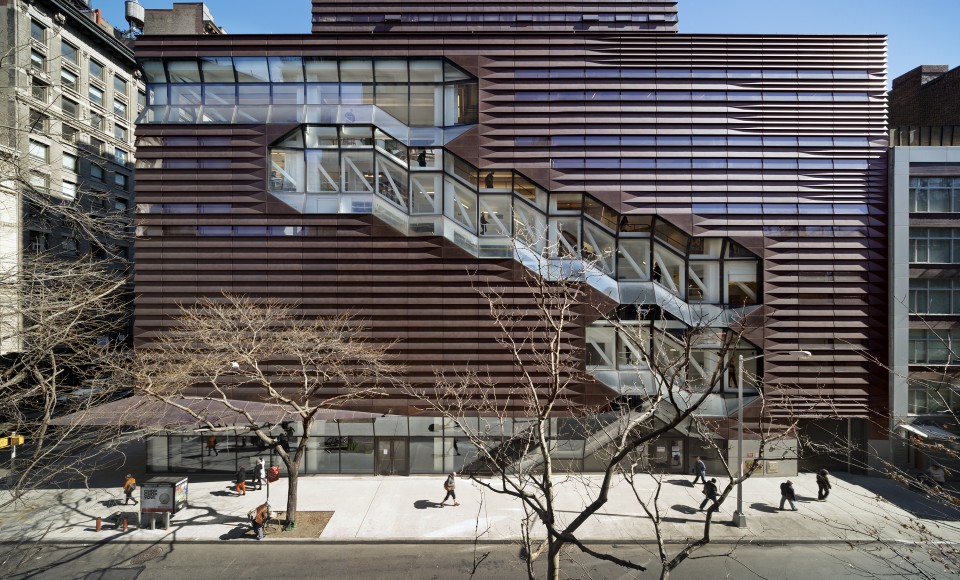
The American Institute of Architects (AIA) and its Committee on the Environment (COTE) have selected the top ten examples of sustainable architecture and ecological design projects that protect and enhance the environment.
Point Energy Innovations founder Peter Rumsey served on the selection jury for the 2015 awards. “Many of these projects we selected are affordable and have revitalized urban areas and spaces. They show just how far green has come, from a once novel and expensive endeavor to a replicable mainstream model of urban renewal and sustainable development,” Peter observed.
The complete jury included: John Quale, LEED AP BD+C, Associate AIA, University of New Mexico School of Architecture + Planning; Alex Wilson, Resilient Design Institute; Peter Busby, C.M., FRAIC, MAIBC, LEED Fellow, Perkins+Will; Peter Rumsey, PE, Point Energy Innovations and David John Neuman, Neu Campus Planning, Inc.
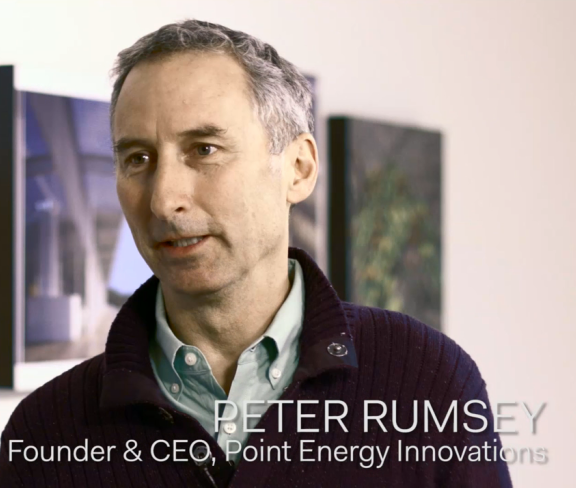 This video from Architect magazine shares some of the jurors’ impressions of the emerging trends they saw in this year’s entries.
This video from Architect magazine shares some of the jurors’ impressions of the emerging trends they saw in this year’s entries.
Here are the winning projects, in alphabetical order, below. You can learn more about these projects by clicking on their names. Congratulations to the winners!
The Bullitt Center, Seattle: The Miller Hull Partnership
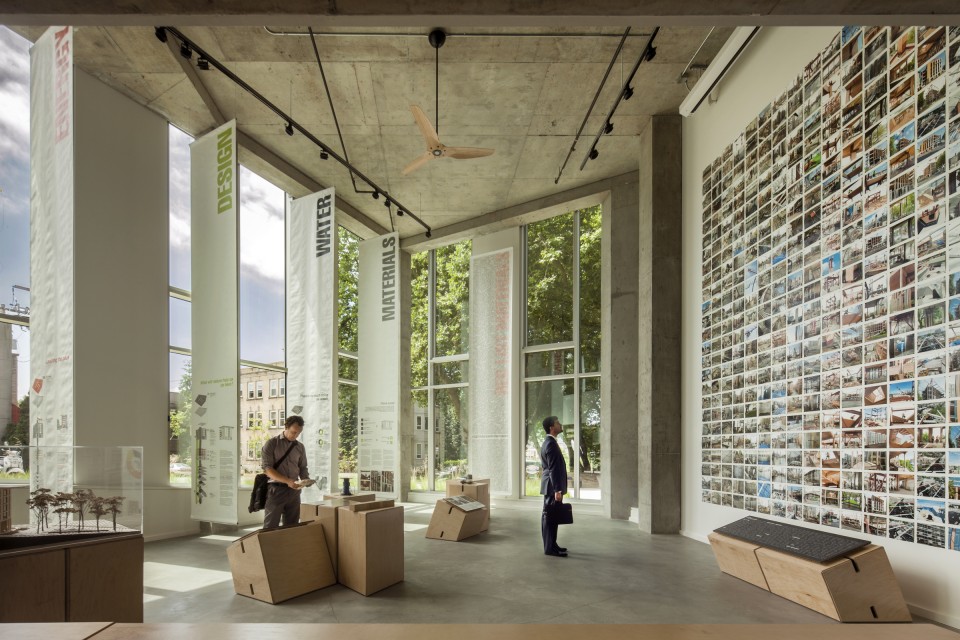
A 52,000-square-foot office building designed with the goal of net zero energy, water and waste. (Photo: Nic Lehoux)
CANMET Materials Technology Laboratory, Hamilton, Ontario, Canada: Diamond Schmitt
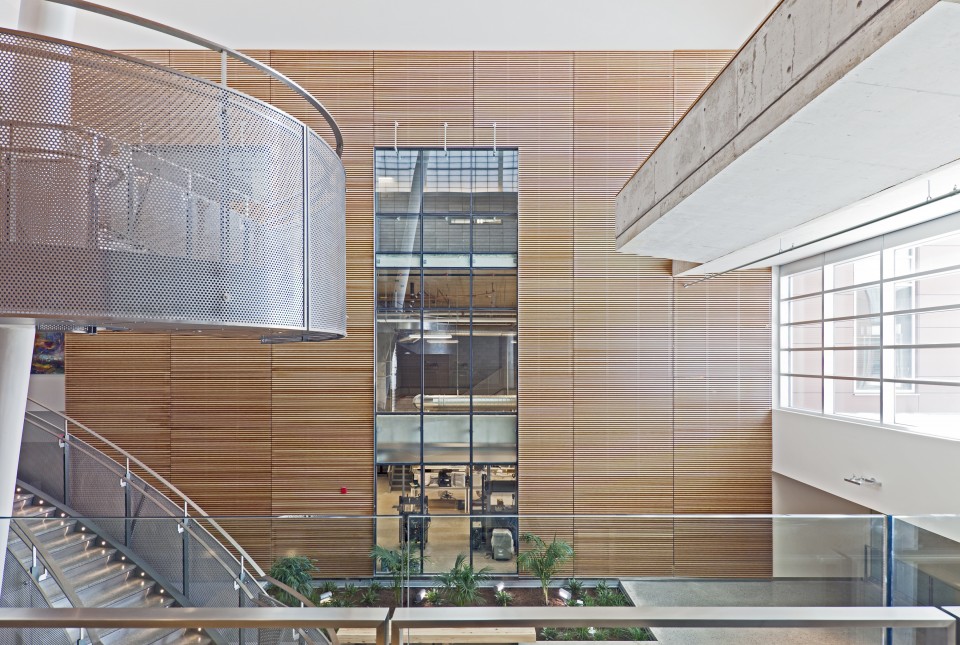
This 174,300-square-foot lab and support office space is a complex lab environment that achieved a 70% energy use reduction. (Photo: Peter A. Sellar)
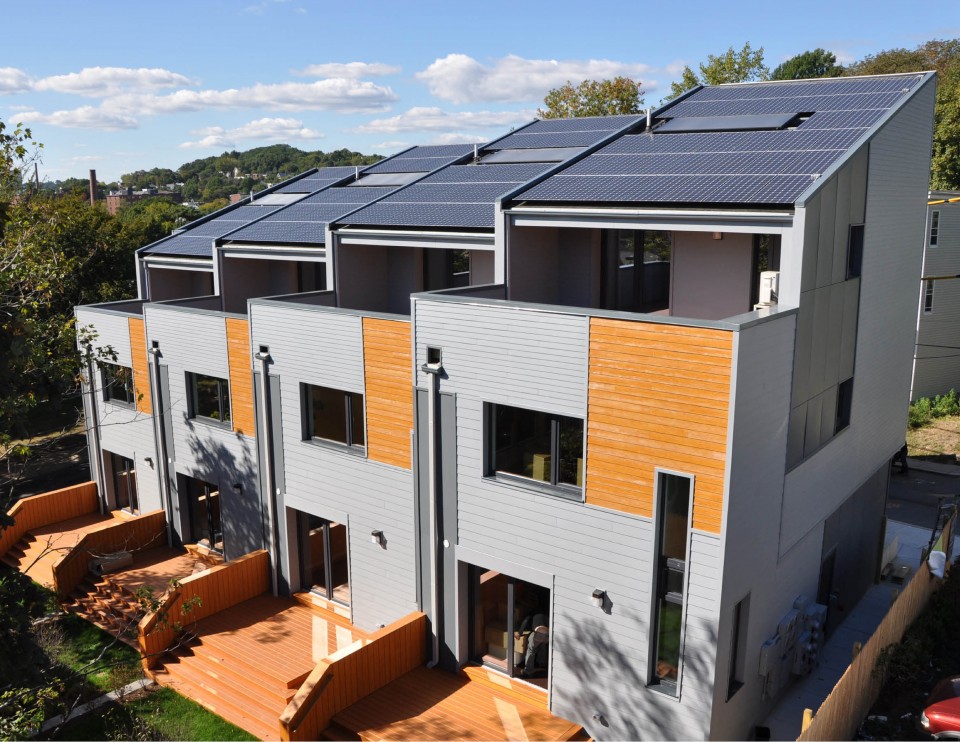
The first completed project under Boston’s Energy Plus (E+) Green Building Program, a pilot to develop energy positive sustainable housing. (Photo: Transformation Solar)
Hughes Warehouse Adaptive Reuse, San Antonio: Overland Partners
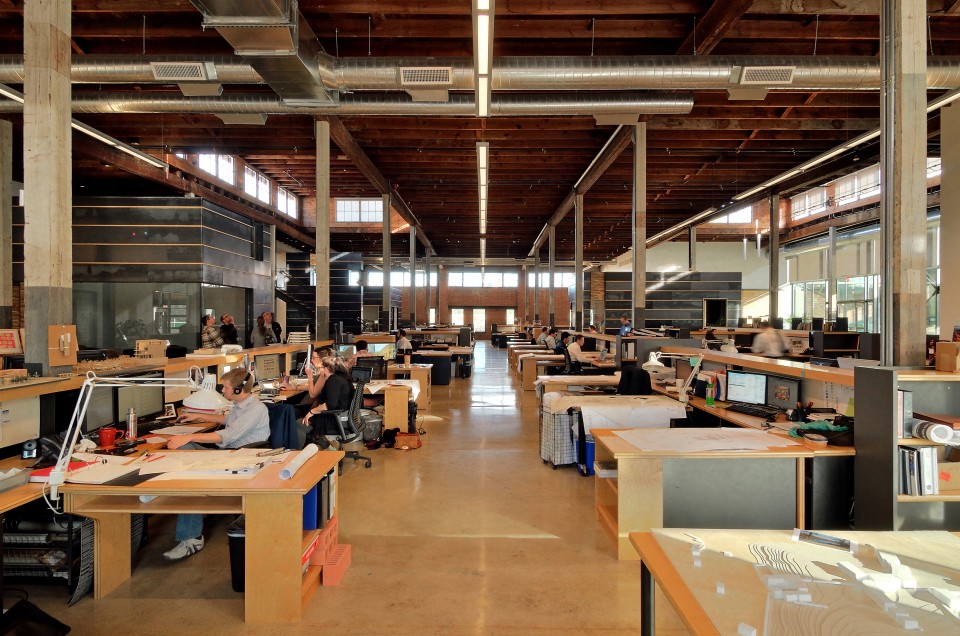
Maintaining the historic integrity of the building and improving energy efficiency was a critical balance for the nearly 100-year-old building. (Photo: Adams Studio)
Military Medical Hospital, San Antonio: RTKL
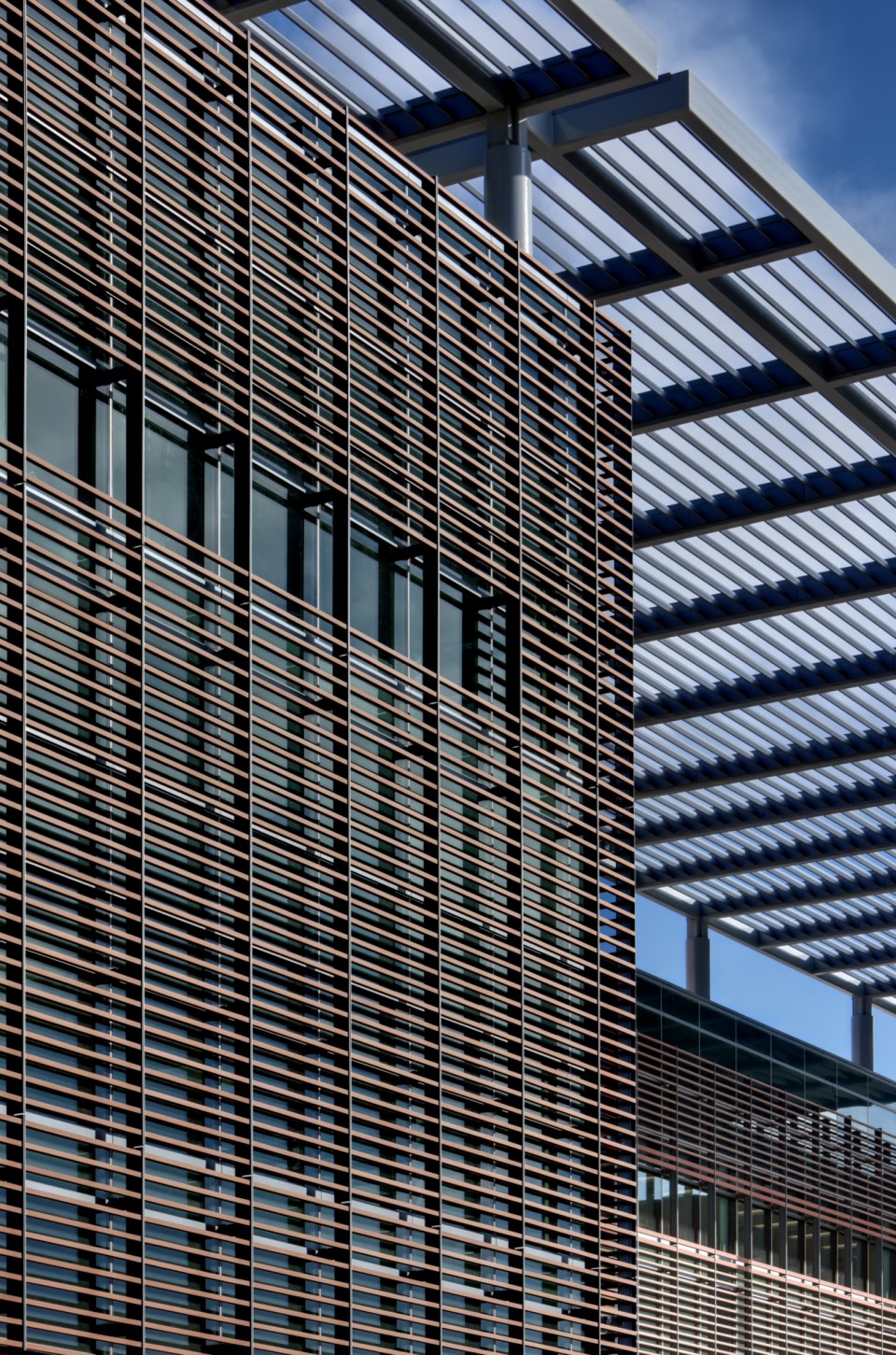
Simple architectural gestures humanize the scale and image of the medical center while aiding environmental performance. (Photo: Charles Davis Smith)
New Orleans BioInnovation Center (NOBIC), New Orleans: Eskew+Dumez+Ripple
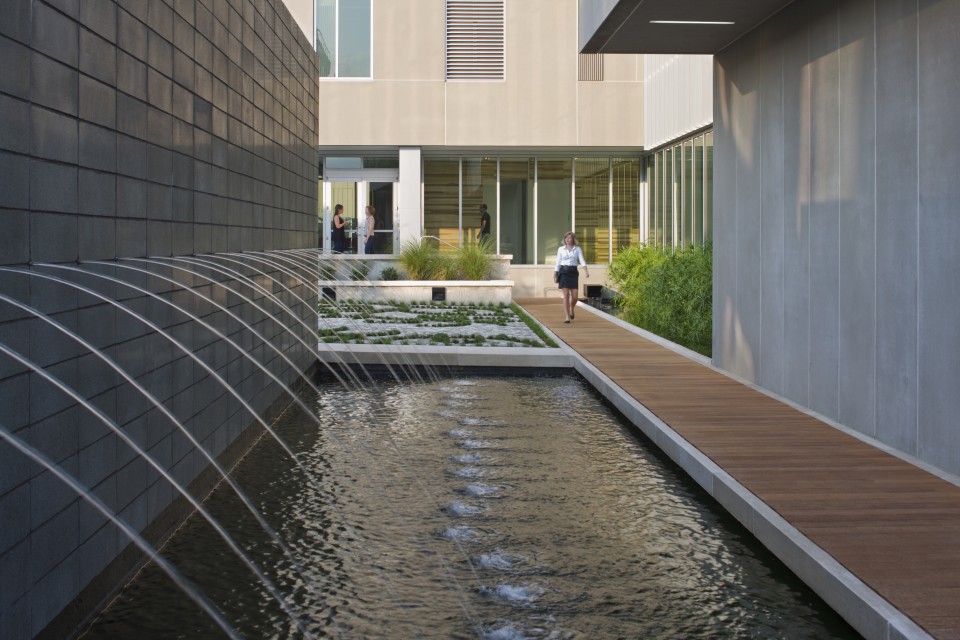
The design reinterprets vernacular regional climate responsive strategies. The facility captures rainwater, which, supplemented by the AC condensate (up to 20,000 gallons per week), provides all landscape irrigation on site. (Photo: Will Crocker)
Sweetwater Spectrum Community, Sonoma, CA: LEDDY MAYTUM STACY Architects
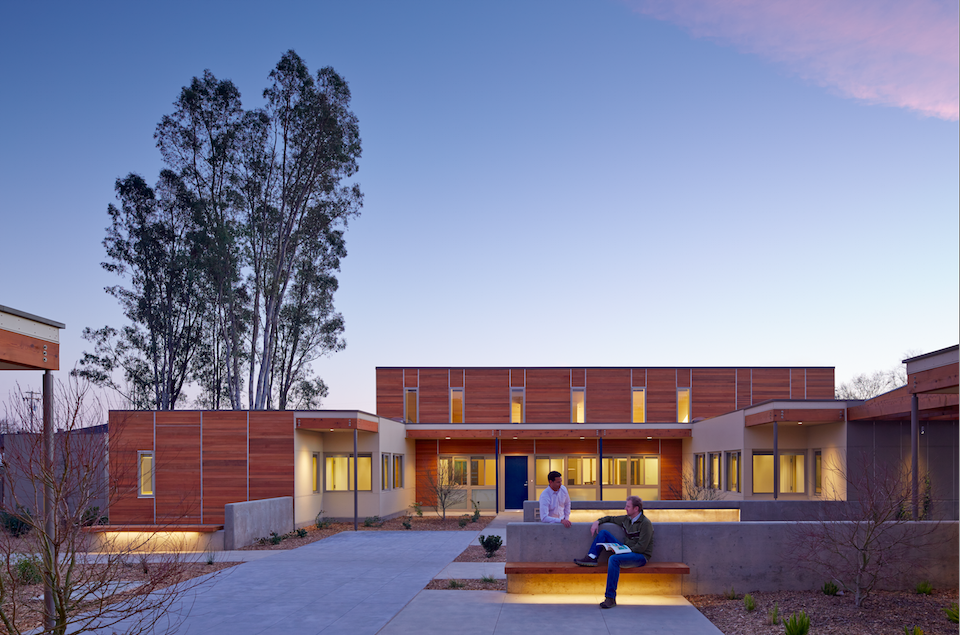
Passive and active strategies, including building orientation, high performance envelope, building integrated photovoltaic and solar thermal panels, reduce energy consumption by 88% from baseline. (Photo: Tim Griffith)
Tassafaronga Village, Oakland: David Baker Architects
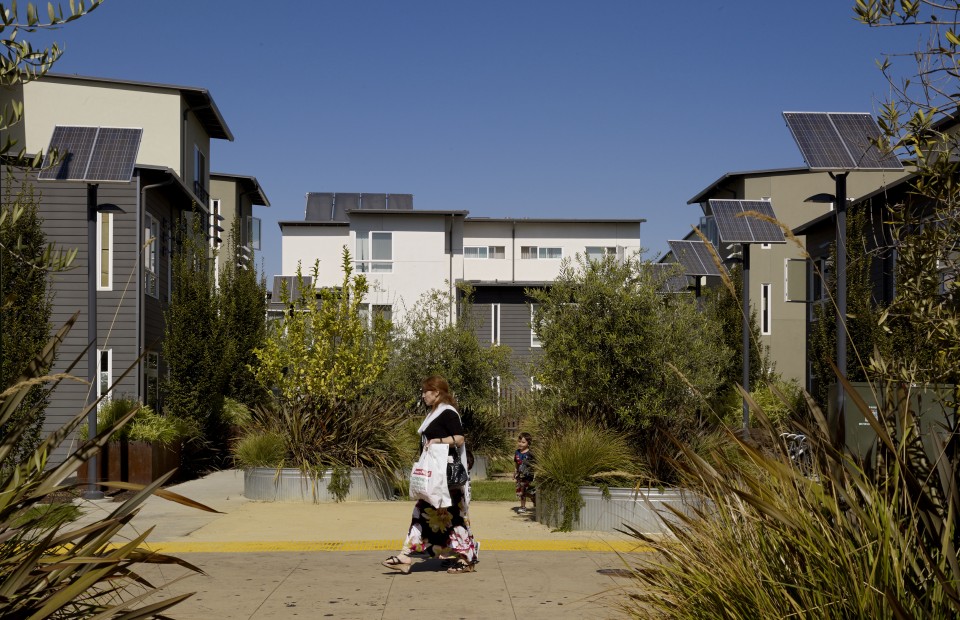
This multiple unit affordable housing project with deep roof overhangs, fin walls, site plantings, and thoughtful window placement provides resilience, comfortable daylight, views, and airflow. (Photo: Matthew Millman)
University Center – The New School, New York City : Skidmore, Owings & Merrill LLP
What if Buildings and Companies Enhanced Ecosystems?
On 13, Apr 2015 | In PEI Blog | By Alexis
By Alexis Karolides
What if building codes actually required new projects to enhance a certain number of ecosystem services — such as sequestering carbon, building topsoil, enhancing pollination, increasing biodiversity or purifying water and air?
Is it possible that a city could be functionally indistinguishable from the wild landscape around it? And what if companies ultimately built factories that truly enhanced ecosystem services?
These were the big questions that biologist and biomimicry expert Janine Benyus posed during her keynote presentation at the recent International Living Future Institute’s 2015 unConference in Seattle.
To help unlock the potential answers to such questions, Benyus introduced the phrase, “the adjacent possible,” or the evolutionary process that causes species to adapt to changes while allowing adjacent evolutions to become possible.
“Don’t try to figure out what you did today, but what you made possible today,” Benyus said.
That high-level guidance followed a more concrete example of the potential to bridge urban design projects and ecosystem services: Sarah Bergmann’s description of creating the Pollinator Pathway, a plan to strengthen and reconnect fragmented landscapes, merging ecology, design and planning.
The first project, Pollinator Pathway One in Seattle, connects two distant units of landscape with new native ecosystems, boosting pollinators in the “connector gardens” from four species to over 1000 species. Importantly, the project also encouraged communities in-between to begin a conversation about bigger scale issues.
This project “made the adjacent possible” by connecting a fragmented landscape in the city, re-introducing pollinator species and involving people in creating and witnessing ecosystems in action.
A new design mentality
Imagine the unexpected benefits of providing nature in the city where the “nature deficit” is a silent but insidious drain on all of our well-being, and children’s well-being in particular.
Benyus referred to a University of California, Berkeley, study where students recorded their emotions throughout the day. The study found those students who felt “awe” more than three times a day had healthier levels of inflammatory proteins. (Unhealthy levels are correlated to autoimmune diseases and depression).
Nature is inherently awe-inspiring: soaring redwood forests, cascading waterfalls, emerald green hills after spring rains. But we can also be inspired by other people, and this, too, can make the adjacent possible.
Think of Interface carpet founder Ray Anderson reading Paul Hawken’s book, The Ecology of Commerce, and then transforming his company to become a global leader in sustainability.
But how do those of us honing green designs make “the adjacent” possible? How can our building projects, cities, and companies provide “positive externalities,” or side benefits?
Amory Lovins likes to say, “We know it’s possible, because it exists.” But sometimes people need to really be introduced to what is possible.
In considering these larger questions, I thought back on one example from my days at Rocky Mountain Institute, when I brought my current colleague at Point Energy Innovations, green buildings engineer Peter Rumsey (then leader of Rumsey Engineers), to a data center design charrette for EDS.
EDS had a capacity problem and was planning to invest huge assets in building new data centers, while existing data centers were gulping energy. We knew that retrofitting the fleet of existing data centers would be the big energy-savings “prize,” but the company wasn’t paying attention until we showed them what was possible in the design for a new data center they had planned for Wynyard, England.
Our design concept could function without chillers, making use of the favorable climate in Great Britain, with a combination of huge intake of outside air and cooling towers when needed.
When EDS saw that energy-slashing design, they hired us to create a global environmental strategy to retrofit the entire fleet of data centers and office buildings, which, it turned out, would save enough capacity to eliminate the imminent need to build all the new data centers.
Coincidentally, Hewlett-Packard acquired EDS at this time and we weren’t involved in implementing the strategy. Still, years later, former EDS client Dale Hoenshell told me that our design process had “changed the mentality of the whole company.”
Hewlett-Packard absorbed the new thinking and celebrated the stunning efficiency of the new Wynyard Data Center. They changed their industry status from a company targeted by environmentalists to a green leader.
Perhaps this, too, exemplifies what Benyus meant with the evolutionary metaphor; it took a sequence of design steps, engagement, inspiration and the hard work of people who followed through and carried the torch. But all of that made the “adjacent possible.”
This blog post originally appeared in GreenBiz.
Earth Day at the Brower Center
On 02, Apr 2015 | In PEI Blog | By Larry

Looking for a great way to celebrate Earth Day? Our friends at the LEED Platinum Brower Center (see below for a description of the innovative systems we installed in this great building) are hosting a wonderful event with fun for the entire family. Hope to see you there!
Saturday, April 18, 12:00 pm – 6:00 pm
Free, $10 Suggested Donation
RSVP
Join the David Brower Center for its first-ever Earth Day celebration, a fun-filled afternoon of community learning opportunities, hands-on workshops, family art activities, live music, and delicious organic food–all focused on protecting and honoring the planet we call home. Earth Day attendees will have the chance to engage in critical conversations during the Climate Change Solutions Right Under Our Feet speaker panels; turn their ideals into action with the Ecology Center’s creative reuse and fix-it workshops; learn how to tune a bike with Waterside Workshops; view Earth-inspired live art making projects by local artists; experience a carbon-neutral power demonstration by All Power Labs; check out short films highlighting how healthy soil can impact climate change; and show their creative side by contributing to the Streets Alive! Strawberry Creek chalk project and making their own Earth Day flags.
Presented by the David Brower Center in partnership with Earth Island Institute, Nutiva, and Ecology Center
Berkeley, CA
43,500 sf Mixed Use Residential, Office and Retail
This mixed use project in Berkeley, CA includes 96 apartments, public education space, a restaurant, underground parking, and 50,000 square feet of office and educational space for environmental non-profits. Peter Rumsey designed the HVAC system for both the office complex and the affordable housing, designed to create a thriving downtown community for Berkeley’s working, low-income families. Designing to strict budget constraints, Peter’s approach included affordable, low-energy radiant heating at the apartment building perimeter. Moreover, wherever possible, Peter used the local climate to optimize energy efficiency, for instance, pre-cooling the office building’s floor slabs at night using the cooling tower. A 68 kW PV array provides 35% of the building’s energy use.


